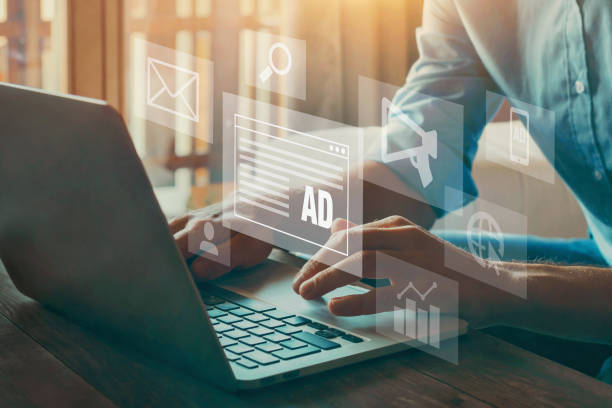Let’s face it, people are busy. They don’t have time to spend researching your product or service. You need to be able to convey the value quickly and efficiently of what you’re offering. In addition, people are bombarded with ads every day and have developed an innate ability to weed out anything that doesn’t interest them. This means that your ad must stand out from the crowd for people to actually read it—especially when there’s so much competition for their attention. One way you can improve your conversion rate by improving how your ad performs is by following these five optimization levels:
Level 1: Campaign Objectives
There are 4 campaign objectives, and they all require you to define a goal before you can start running your ads.
- Conversion Tracking: For example, “Get 100 new signups.”
- Conversions: When a user completes an action you’ve specified in the ad, such as downloading a whitepaper or buying something from your website.
- Cost per Acquisition (CPA): The average lifetime value of each customer acquisition. This metric helps advertisers understand how much money they’re spending on advertising versus making back from it in revenue.
- Sales: Number of sales resulting from your advertising efforts during the period selected for measurement—usually one day or 30 days.
Level 2: Ad Sets
An ad set is a group of ads that are managed together. You can create an ad set for each product, service, or group of offers you run on Facebook. When you create an ad set, all the ads in that ad set will be shown to the same audience (unless you use ‘targeting’ rules to show different ads).
Ad sets allow you to optimize multiple aspects of your campaign at once:
- Budget: You can assign a specific budget for each ad set and specify how much money should be spent on average per day or week on these ads.
- Delivery Frequency: You can specify how often people see your ads before they get tired of them (or stop clicking). If the delivery frequency is too high, people might forget about your brand altogether; if it’s too low, they may forget why they came back in the first place!
Level 3: Ads
The third level of optimization is to look at the ads themselves. Ads are the main way that you get your message out there, and it’s important to make sure they look clear, concise, and compelling. This can be challenging when you have a lot of information to convey, but some general rules will help make your ads more effective:
- Use images that are relevant to the text and call to action. As we discussed in Level 2, visuals must reinforce what you want people reading your ad copy to think about or do next (e.g., buy something). If a picture doesn’t support this purpose, don’t use it.
- Keep the text short – especially for Facebook Ads! People on social media sites tend not to read long blocks of text before engaging with content (or leaving). The more concisely you can communicate what you’re selling or promoting using only a few words, the better chance you’ll have at having someone interact with it positively
Level 4: Custom Audiences
This is a very powerful level. Custom audiences allow you to target people who have visited your website, or used your app. You can create these custom audiences using Facebook pixel, which is a tool that tracks conversions and allows you to collect data about the people who are visiting your website.
You can use this information to create custom audiences of people who have previously shown interest in your products or services by visiting specific pages on your site or interacting with specific objects on those pages (e.g., downloading an eBook). This way, when someone visits their Facebook newsfeed and sees an ad for one of those products or services again, they’ll be familiar with it and thus more likely to click through on the ad than if it were showcasing something new and unfamiliar – resulting in higher conversion rates!
Level 5: Magic Wand
The fifth and final level of optimization is the magic wand. This is a tool that allows you to target people who have visited your website, but not purchased. It’s a great tool for attracting shoppers who are on the fence about buying from you or purchasing from another shop.
The magic wand will let you create ads that specifically target these shoppers. You can choose specific pages they have visited or even keywords they’ve searched for before coming to your site. By showing them ads that relate directly to what they were looking for, you increase their likelihood of converting into customers—and with this level of targeting, it’ll be easy!
Know more about why you should include Facebook in your marketing campaign.
Wrap Up
Each of these levels can help you make your ads more effective.
The first level to optimize is your campaign objective. This can be set at the Campaign level, or you can set it at the Ad Group level. There are many ways to define goals for marketing campaigns, but we’ll focus on two common goals that work well: performance and brand awareness.
- Performance objectives are typically used when an advertiser wants to drive people to a website to generate sales or leads.
- Brand awareness is used when an advertiser wants consumers to become familiar with their brand through exposure in ads on Facebook, Instagram, and other social media platforms (but not necessarily by purchasing anything).
The second level of optimization involves ad sets and ads themselves. You should use these tools when you have multiple variations of creative assets within one campaign or ad group—for example if you have different images or videos that will appeal more positively to different target audiences who look similar from an engagement standpoint.”
Now It’s Your Turn!
Now that you have a good understanding of how to optimize your Facebook ads, we can help you take it one step further.
At EXP Digital Marketing, we have years of experience in helping businesses with their Facebook marketing campaigns. If you have any questions about how we can help you reach new customers, please don’t hesitate to reach out. We’d love to hear from you! Good luck and happy business!


